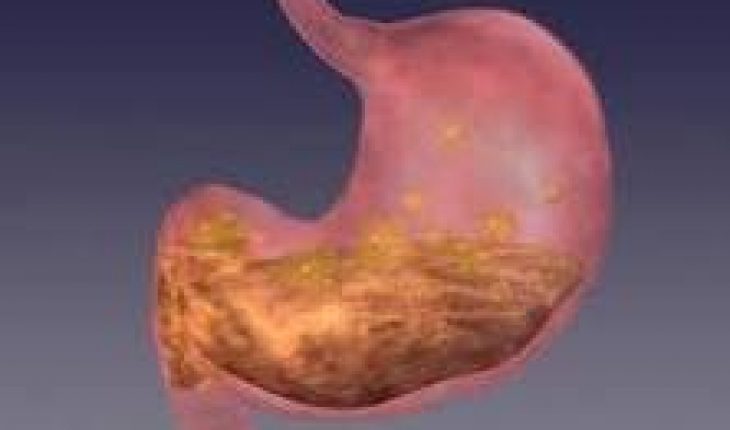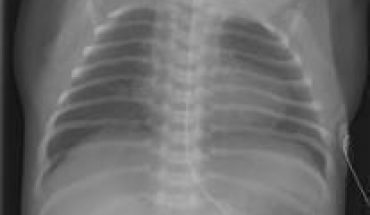Lipase is an enzyme that is secreted in certain organs of the human body and is responsible for the metabolism of lipids (fats). Lipases are also secreted by fungi, bacteria and certain plants. In the human body lipases are produced in the mouth, pancreas and liver. Lipases are also important in industry, playing a major role in the fermentation of cheese and yogurt and are heavily researched by biotechnology companies trying to find different applications for their functions. Lipases are also important for the diagnosis of some diseases.
Production and function of lipase at various sites in the human body
Lingual lipase is secreted into the circumvallate and foliate papillae of the tongue and metabolizes diglycerides in the mouth. Its actions continue into the stomach where it metabolizes triglycerides.
Pharyngeal lipase is produced in the mouth by the salivary gland. This lipase does not act in the mouth but instead in the stomach.
Hepatic lipase is secreted by the liver and expressed in both the liver and adrenal gland. Hepatic lipase converts intermediary density lipoprotein(IDL) to low density lipoproteins (LDL). LDL is bad cholesterol and the deficiency of hepatic lipase leads to the build up of high density lipoproteins(HDL), good cholesterol.
Pancreatic lipase is secreted by the pancreas and released into the upper small intestine or the duodenum; this is located at the end of the stomach. Pancreatic lipase metabolizes triglycerides into free fatty acids with the help of bile salts released from the liver. Bile salts are released into the upper duodenum and work to emulsify fats. This emulsification increases the surface area allowing the pancreatic lipase to break down the fats easier.
Lipases in the food industry
Lipase is an extremely important enzyme for fermentation. Lipase can be generated from fungi and bacteria which is then used in the fermentation of yogurt and cheese.
Lipase in disease
Cystic fibrosis
Cystic fibrosis is a debilitating disease caused by the formation of a cyst in the pancreas. This prevents the patient from producing pancreatic lipase to metabolize fats. However, these patients when tested have high levels of lingual lipase so they are still able to metabolize lipids. High levels of lingual lipase can be used to diagnose cystic fibrosis. Lingual lipase is being considered as an alternative or as a treatment method for those who have pancreatic lipase deficiency.
Acute pancreatitis and acute appendicitis
Lipase along with amylase (enzyme produced by the pancreas) catalyzes the hydrolysis of starch and may be used to differentiate between acute pancreatitis and acute appendicitis. If the serum or blood levels of both these hormones are normal the diagnosis is acute appendicitis while if the serum levels of both the hormones are high the diagnosis is acute pancreatitis. This is necessary because both conditions present with the same superficial symptoms.
An increase in pancreatic amylase and lipase of more than two fold and less than five fold respectively can be used to diagnose; pancreatitis, acute pancreatitis, intestinal obstruction, kidney or renal failure and intestinal obstruction.





